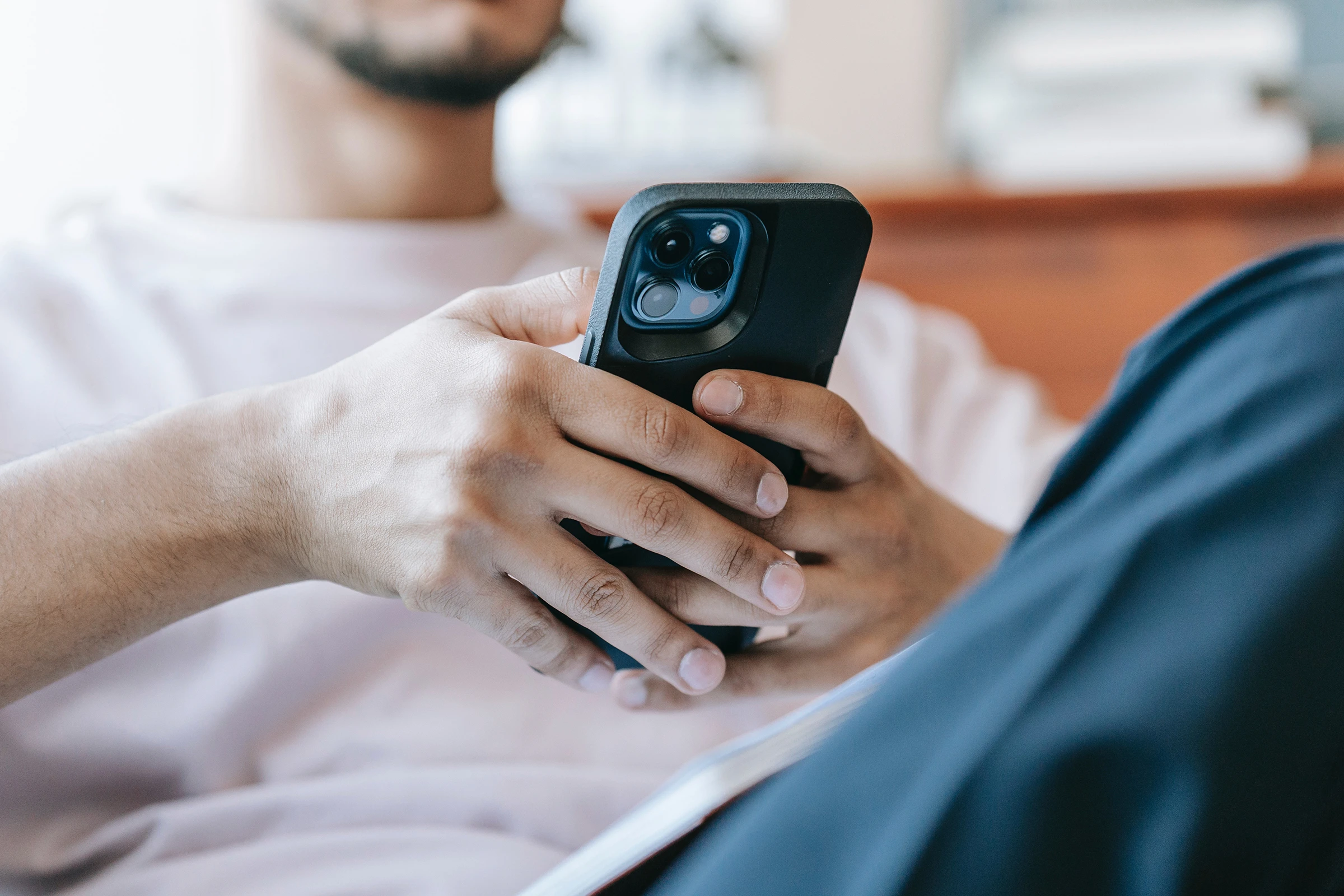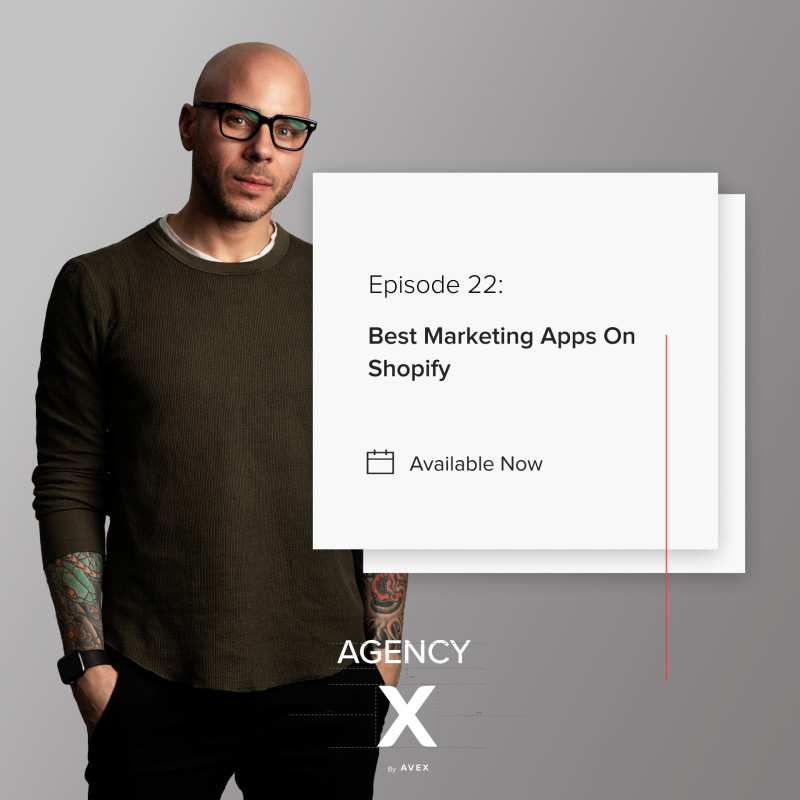Optimize SMS Performance with A/B Testing

Quick Summary With an open rate of 98%, the opportunity for brands to connect with their customers via SMS is immense. Only if done right. It takes a lot of trial and error to find the mix that resonates best with your target audience. A good place to start is by having an A/B testing strategy in place.
Uniquely personal, virtually instantaneous and facilitating two-way communication … yes, today we are talking SMS; a marketing channel of growing interest among brand marketers looking to enhance their customer retention metrics in an era where the cost of customer acquisition has never been higher.
With an open rate of 98%, the opportunity for brands to connect with their customers via SMS is immense. Only if done right. And by “right” we refer to segmentation, send times, frequency, personalization, call-to-action, language, and more.
What’s right for your brand, isn’t necessarily right for others. It takes a lot of trial and error to find the mix that resonates best with your target audience.
A good place to start is by having an A/B testing strategy in place.
A/B Testing SMS Campaigns and Flows
Across basically every marketing channel, A/B testing is a foundational tactic for marketers to make data-informed decisions and ensure they are meeting their target audience at the right time with the right content and design.
The importance of A/B testing is even more heightened when dealing with a channel like SMS, where marketers have limited space to convey the message and subscribers have definitive personal expectations to be met.
Whether you are sending a single-send campaign highlighting a time-sensitive offer or an exclusive announcement, conversational messages that prompt responses from your subscribers, or an automated flow based on a subscriber’s critical touchpoint in their customer lifecycle, you should test, test, and test even more.
What Should You be A/B Testing in SMS Marketing?
Send Times:
When it comes to AB testing SMS, sending times are at the top of the list. As a retention marketer, you’ve invested time planning your marketing calendar, polishing your copy, and incorporating stand-out graphics to make sure your campaigns hit their mark. Now, there’s just one more variable that plays into your SMS’ success—when you send them.
The “When” you send a text message, isn’t just bound to the actual time of the day you are sending your text. The time, the day itself, the timezone, whether or not there is a major Holiday you should be respectful of, and how much is the expected marketing noise you are trying to break apart from.
According to data gathered by Attentive, an SMS marketing platform to grow mobile subscribers & deliver personalized messages, the prime sending time for text messaging is between 1 - 5 PM EST.
Text messaging campaigns sent after 1 pm EST see a 33% lift in revenue per message.
SMS click-through rates peak between 1 pm - 5 pm EST, and climb up again after 8 pm EST.
Text messages sent on weekdays rather than weekends typically drive more revenue per send (although messages sent on Sundays do perform well).
However, the right time and day at which you should send an SMS aren’t only dependent on mass industry data; the marketer’s intuition plays an instrumental role too. As a retention marketer, you should embrace the mindset of the audience receiving your SMS campaigns. Did they just wake up? Are they ramping up their day? Are they in a setting that allows them to engage with an offer? At this instance of the day, are they more likely to be interested in promotional or educational content?
Frequency:
When a customer subscribes to receiving SMS communications from a brand, they are somehow opening the line of personal communication. They want to be in the know when it comes to brand updates, exclusive offers, and even transactional updates related to their purchase journey. What they don’t want is to be bombarded with numerous mass campaigns that will simply result in communication opt-outs.
It is recommended to send at least 1-2 SMS messages a week to your full subscriber list to maximize revenue while still retaining subscribers. A general rule of thumb is 6-8 messages a month to keep up revenue without compromising engagement - all while being cautious of opt-out rates which typically don’t start to climb until subscribers start receiving more than 10 SMS communications a month.
What’s more, is that the acceptable frequency of communication is dependent on the loyalty tier your subscribers are in; the more loyal they are, the more likely they are to perceive frequent sends as an added value as opposed to people who have never purchased from a brand.
MMS vs. SMS:
The incorporation of multimedia assets such as images, GIFs, audio, and video in your texts is a fun way to inject life into your communications. However, this may be something that your target audience won’t prefer. Testing the inclusion of media is one of the easiest A/B tests you can run to get a better grasp of the preferences of your specific target.
Again, this could also change according to the type of promotion and marketing noise going on in your target’s inbox. Highlighting a new drop might call for the inclusion of supporting visuals, highlighting a time-sensitive offer, on the other hand, might reap better results if it’s straight to the point.
One thing to keep in mind for effective testing of MMS vs. SMS is to keep the copy exact across test variations. Once, you’ve determined that your audience prefers the inclusion of visuals, you can start testing with different kinds of assets, GIFs vs. Static images, Video vs. GIFs, and so on and so forth.
Link Placement:
Since including a link in your SMSs is out of the question, the “where” to place it, and the “what” page to direct the receiver to should be your focus as an SMS marketer. Compare the placement of the link at the very top of your test vs. mid-copy vs. the bottom and track the click-through rate. You’ll also want to test directing traffic to the homepage, collection pages or a specific product description page and analyze which yields more conversions.
Emoji Usage:
Emojis are fun and they elevate a personality to a text. But again, no audience segment shares the same preferences. A good place to start is by testing whether or not your audience responds positively to the usage of emojis in your texts. Therefrom, you can run additional tests to find the ideal number of emojis to use per text and what emojis result in increased engagement.
As a generic recommendation - emojis should be used sparingly; only when they add value to your copy and when they make sense to your audience.
Call-to-action:
Adding a clear call-to-action at the end of your text messages inspires subscribers to click through and perform the desired response. However, it all depends on the language you use. You might want to test short and sweet CTAs such as “Shop Now” and “Ends soon” vs. more playful ones like “What are you waiting for?”.
Using all capital letters for a CTA draws attention and communicates urgency. This is also an element you might want to test out.
A/B testing your SMS is an ongoing process and your options are endless, just be wary of the best practices including testing one variant at a time, running multiple tests per variant to make sure your results are consistent, and making sure your sample size is big enough to draw accurate conclusions.
Are you seeing 30% of revenue from Email & SMS Marketing? Let's Discuss.
At Avex, our retention team leverages both Klaviyo and Attentive A/B testing features to run continuous tests for our clients, ensuring they are reaching their target audience with text messages that spark conversation and boost revenue.



